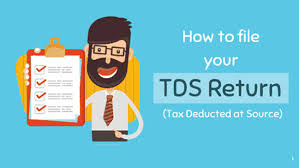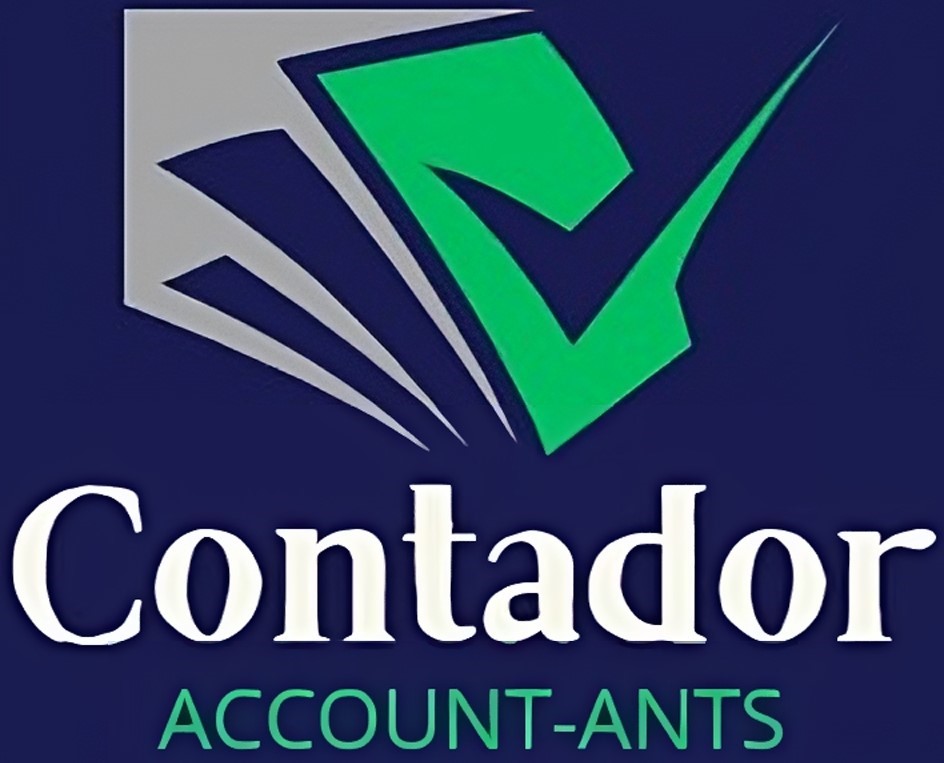
Service Info:
- Short Name : 26Q
- Category : TDS
- Subcategory : forms
- Amount : ₹1500.00
What is Form 26Q?
Form 26Q
is a quarterly statement for Tax
Deducted at Source (TDS) on all payments made to residents, except salaries.
This means if you're a business or organization that pays people for things
like professional fees, contractor work, interest (not on securities), rent,
commission, or brokerage, you'll likely need to file this form. It's
essentially a way for the government to keep track of taxes collected at the
source for these types of income.
Service Description:
Who Needs to File Form
26Q?
Any
entity or organization that deducts TDS on non-salary payments to residents is
required to file Form 26Q. This includes both government and non-government
deductors. Non-government deductors must provide their Permanent Account Number
(PAN), while government deductors can state "PANNOTREQD". A Tax
Deduction Account Number (TAN) is mandatory for all deductors filing Form 26Q.
What Information Does Form 26Q Include?
Form 26Q
has one annexure and requires detailed information to be filled out.
This includes:
- Deductor
Details: Your
name, PAN, TAN, and address.
- Challan
Details: Information
about the tax deposit, such as the BSR code (Banker's Sort Code), date of
deposit, challan serial number, and the amount of TDS deposited.
- Deductee
Details: For
each person or entity you paid, you need to provide their PAN, name, the
type of payment made, the amount paid, the TDS rate applied, and the
actual tax deducted.
- Reasons
for Lower/No Deduction: If
you didn't deduct TDS or deducted it at a lower rate, you need to provide
valid reasons or exemption codes. For instance, if a valid PAN isn't
provided, TDS is typically deducted at a higher rate, often 20%.
When is Form 26Q Due?
Form 26Q
is a quarterly return, meaning it needs to be filed four times a year. The
due dates are generally:
- For
April to June quarter: July
31st.
- For
July to September quarter: October
31st.
- For
October to December quarter: January
31st.
- For
January to March quarter: May
31st.
It's
also important to remember that TDS deducted each month should be paid to
the government by the 7th of the next month, except for March, which is due by
April 30th.
Penalties for Late Filing or Non-Compliance
Failing
to file Form 26Q on time or not complying with TDS rules can lead to penalties
and interest. These can include:
- Late
Filing Fee (Section 234E): A
fee of ?200 per day is charged until the return is filed, with
the total fee capped at the amount of TDS deducted.
- Interest
for Late Deduction: If
TDS is not deducted, 1% interest per month is charged from the
date it should have been deducted until the actual deduction date.
- Interest
for Late Payment: If
TDS is deducted but not deposited, 1.5% interest per month is
charged from the date of deduction until the actual payment date.
- Penalty
(Section 271H): A
penalty ranging from ?10,000 to ?1, 00,000 may be levied for
incorrect or delayed filing. However, this penalty might be waived if the
TDS is deposited in full, late fees and interest is paid, and the return
is filed within one year of the due date.
- Prosecution
for Non-Deposit: If
deducted TDS is not deposited, it can lead to rigorous imprisonment from 3
months to 7 years, along with a fine.
How to Download Form 26Q
You can
download Form 26Q from the official website of NSDL (now protean eGov
Technologies Limited). The steps are generally:
1. Visit the official website of
NSDL at www.protean-tinpan.com.
2. Click on the "Downloads" tab and choose "E-TDS/E-TCS" from the
dropdown menu.
3. Select "Quarterly Returns" and then "Regular".
4. You will be redirected to a new page where you can select "Form 26Q" to download.
Correcting Errors in Form 26Q
It's common for errors to occur when filing TDS returns. If you find a mistake after submitting Form 26Q, you can file a correction statement. Common corrections include updating PAN numbers, challan details, or deductee information. While some minor corrections can be done online, more complex changes might require submitting a revised return through a TIN-FC (TIN Facilitation Centre).

